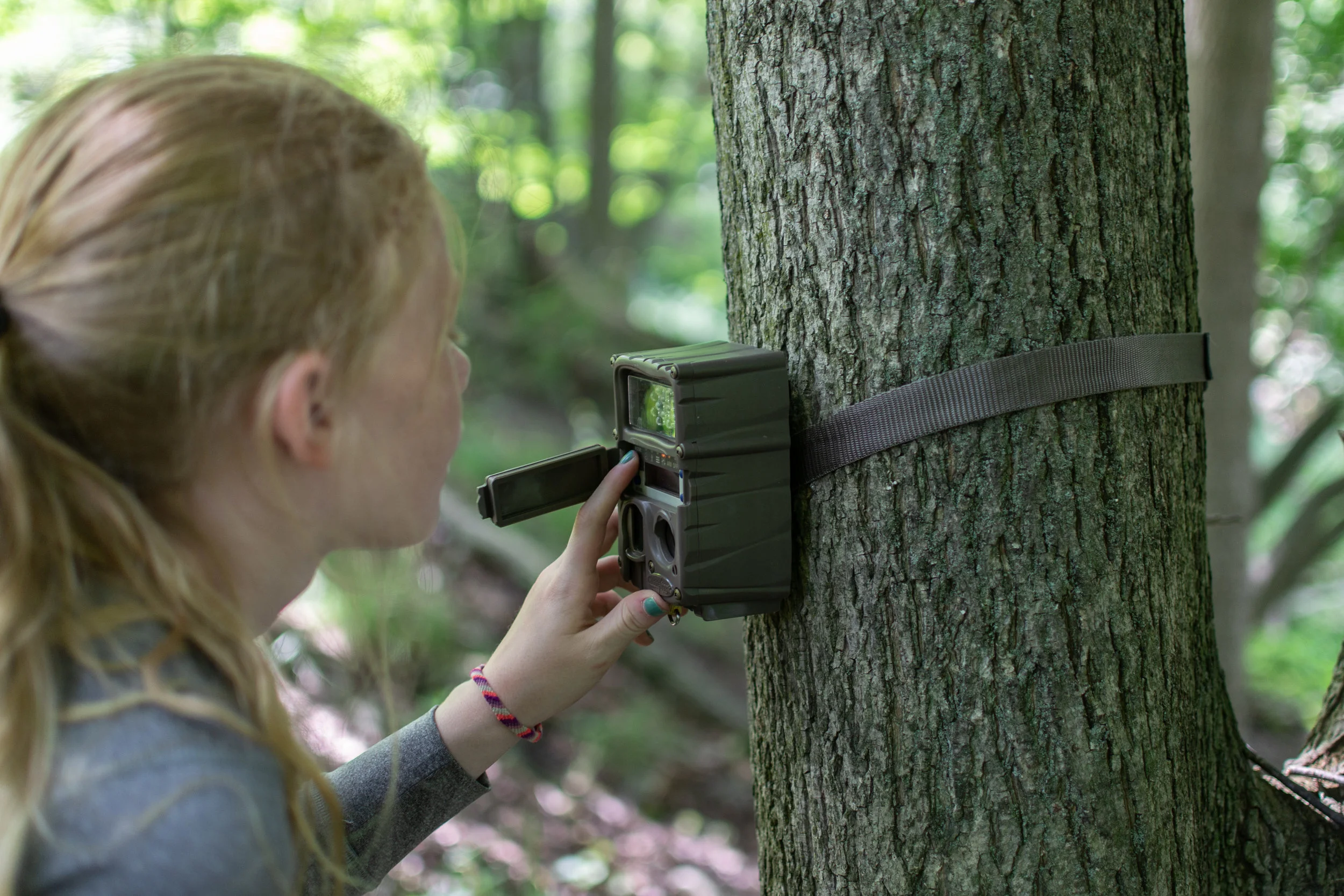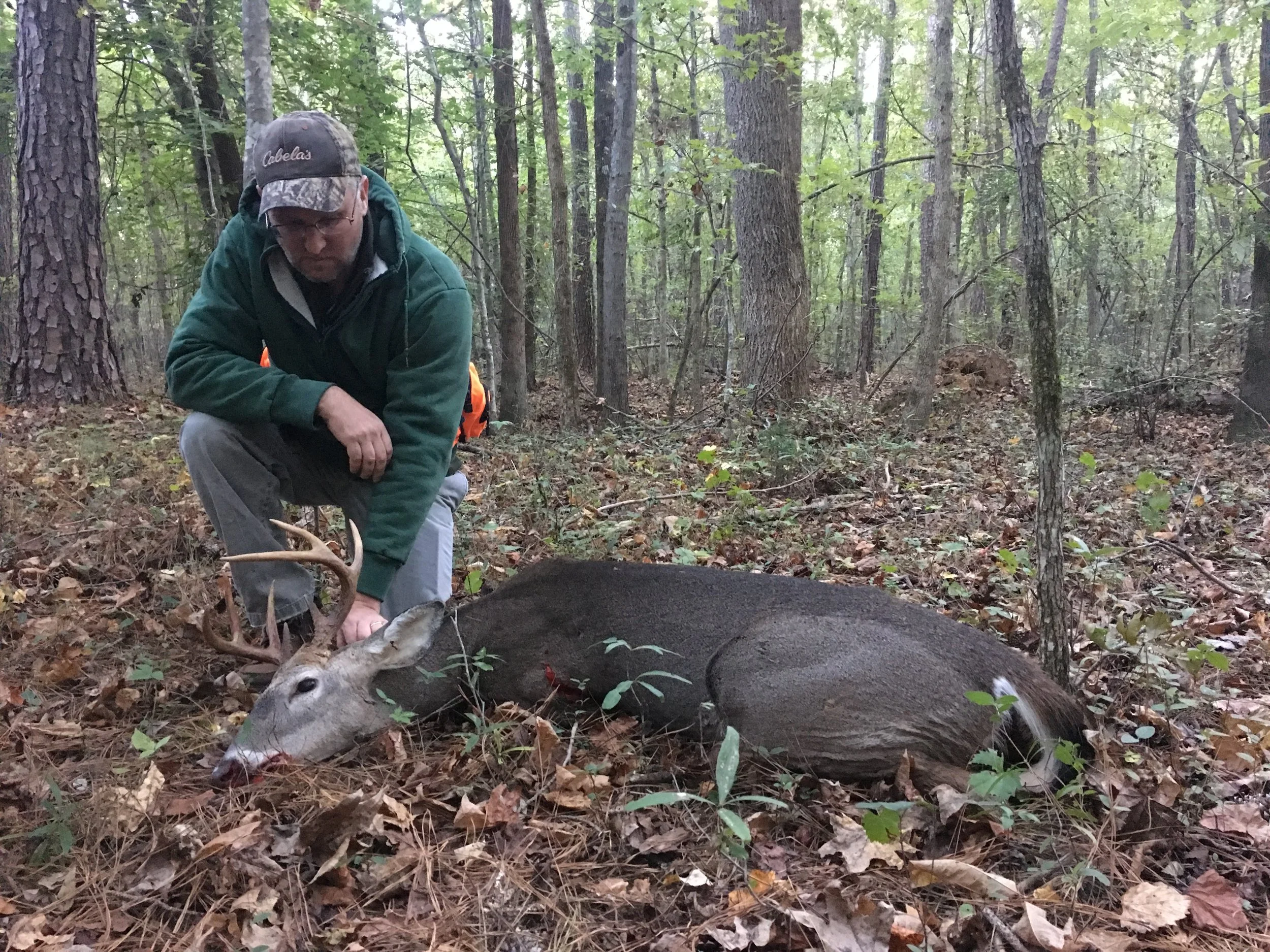By Scott Spitzley
When it comes to connecting and engaging young children into the outdoors, there may be some uncertainty as to where to begin—it is in my opinion, overlooked.
According to the U.S. Fish and Wildlife national survey conducted every five years, our hunting community is declining, despite the population increase. I can only speculate that this is attributed to modernization as well as a lack of interest in hunting, especially amongst our younger generation.
Today’s activities for children include too many indoor hobbies, ranging from playing hand-held games to watching the television. It can quickly diminish their need to go outside and witness the adventurous aspects of life, and I think it is important that we act on it.
I have provided below a list of ideas that we can take to not only help kids want to continue to be a part of the outdoors, but leading up into the actual hunt itself.
*Editor’s note: Hunter numbers declining is a real thing and is something we all should take seriously as hunters. Not only should we be concerned about getting non-hunters into hunting, but getting kids into hunting will be a big step as well to keeping our hunting community strong for many years to come. -Alex
1. Scouting
We all know that 365 days of the year we avid whitetail hunters breathe whitetails, and with the season ending across the country, what better way to start getting kids involved than post-season scouting? Scouting can be effective all year round, but that time frame right after season ends is a perfect time to get your kids out there. Not only is it good exercise for the kids, it’s a great way for them to get outside, appreciate nature and get some introductory lessons about whitetails.
2. Shed hunting
Yet another favorite hobby of ours and something kids can enjoy too. Kids can become very good at shed hunting because they are very curious and observant. In addition, the excitement they show when finding an antler, let alone their first one is invaluable.
*Editor’s note: A pro tip here is to plan where you’re going to walk a stash a few sheds for the kids to find. I’ve seen that in motion first hand and it was pretty fun to watch! -Alex
3. Looking for Deer/Shining
Although this is something we technically place in the category of scouting, kids don’t have to think of it like that. Children love to watch animals, so what better way to end a summer evening than to search for deer? Turn it into a game and see who can find the most deer. A great prize is allowing the winner to decide where to go out for dinner, just as an example. Make sure to bring the binoculars.
4. Practice and Safety
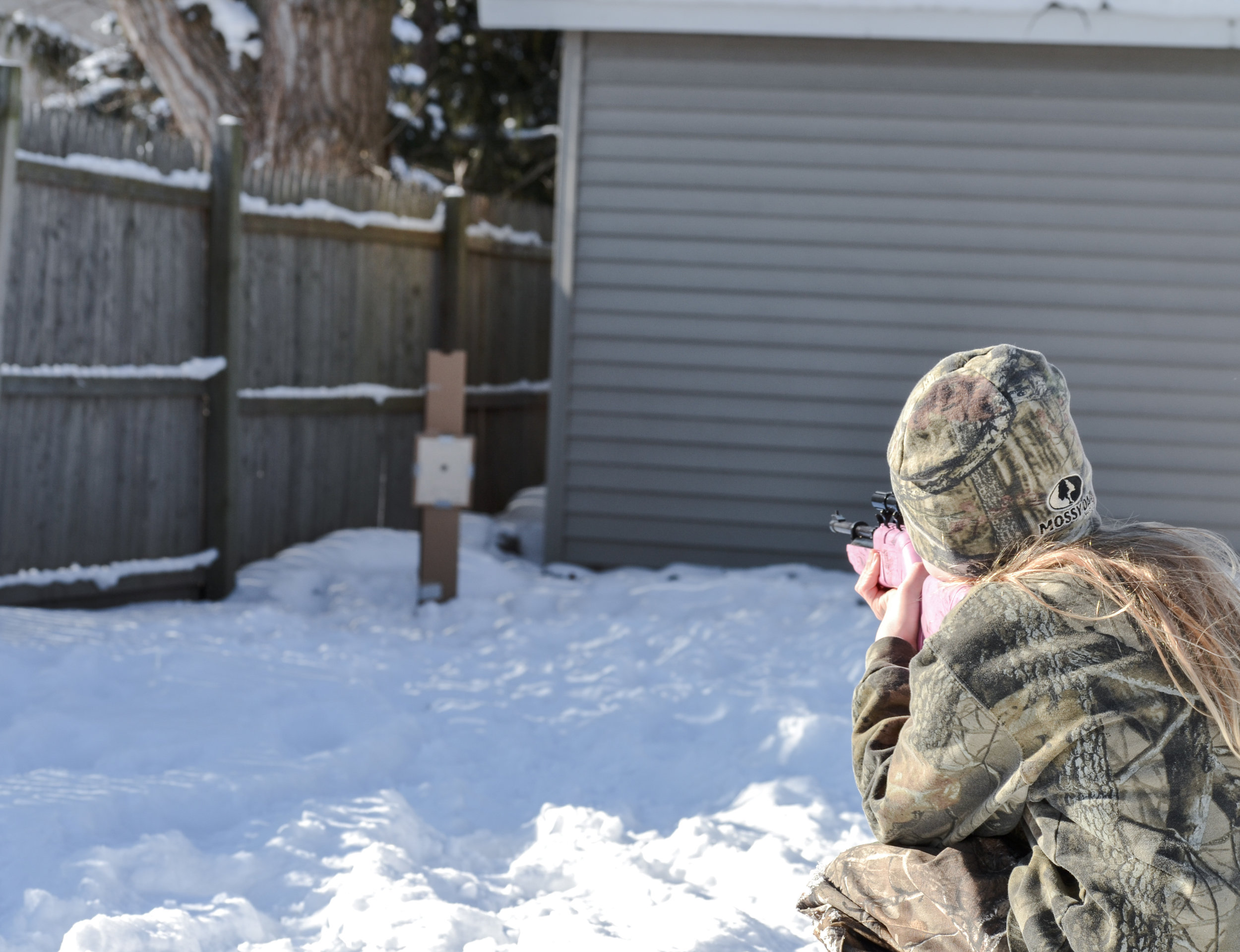
I enjoy target practice, as do most children. It is very important, however, to practice gun and bow safety while doing so. We need to be sure to provide children with valuable practice and safety techniques that will help build confidence in their shots, making them want to go out and do the actual hunt even more. Starting out with a BB gun is a great way to introduce this as far as gun practice goes. Depending on the child, the fearful recoil that a higher-caliber weapon has on its first shot can be a remedy for failure. Handling a gun or bow is something they need to do without your assistance as well, so be sure not to fly through this process.
5. Dress them appropriately
Whether you are scouting or hunting, ensure the kids dress appropriately for that time of year so they are comfortable. When walking a lot, I think it is important to make sure that they also have comfortable footwear as leaving them with blisters on their feet is not something they will remember as being “enjoyable”.
6. Make the hunt memorable
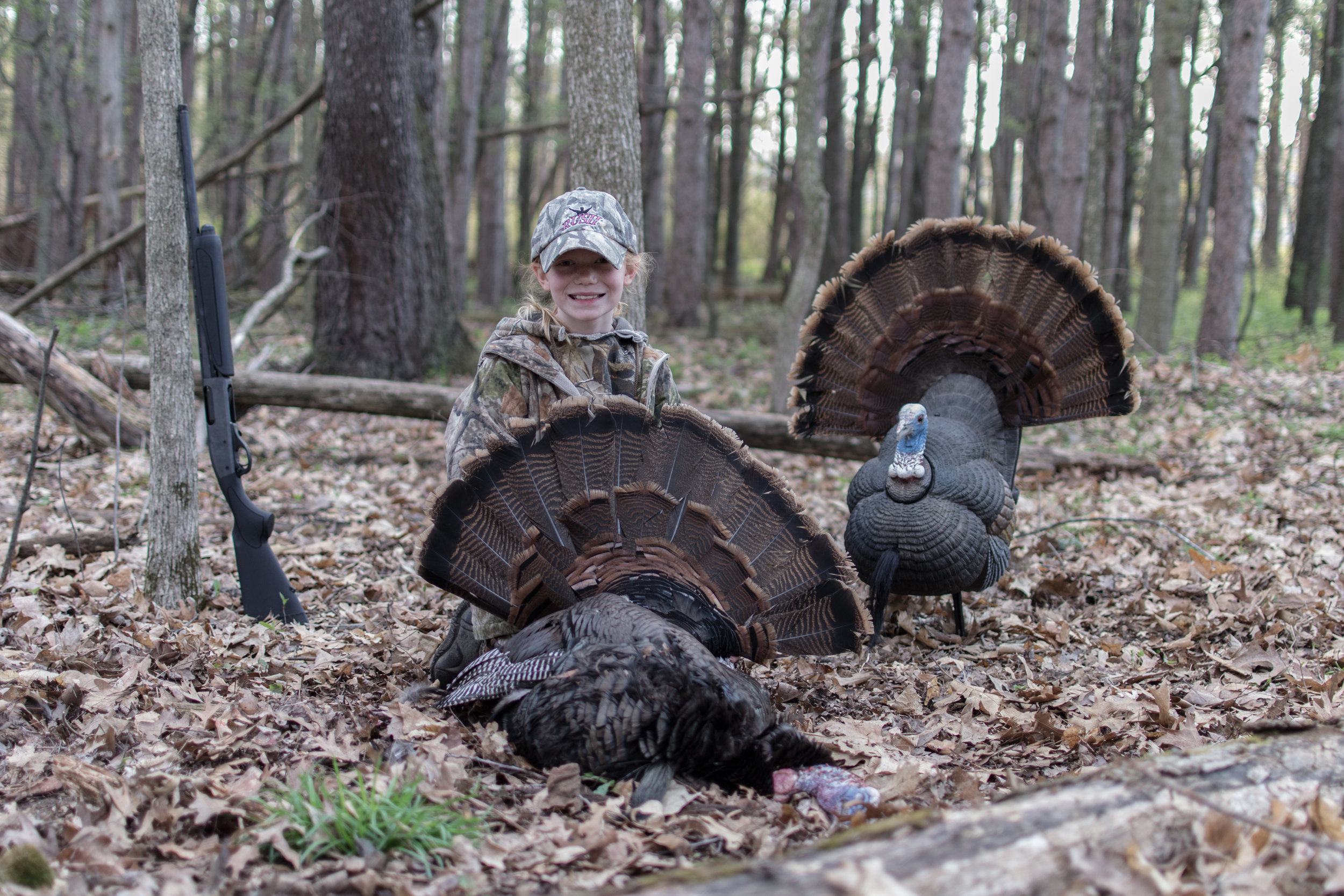
If kids do not have a good hunting experience for the first time, they may not want to go again. This does not mean that if they are not successful, they will not have a good time though. You can have a great hunt without taking an animal home. Make sure they have fun; paint their faces, play a game, watch squirrels, make noise, do what kids typically like to do to keep them entertained. If they do happen to have success, be sure to celebrate and show them the important aspects of taking the animal. Show respect, have them tag it, help field dress, process it, etc.
Conclusion
Not only can these actions help to correct the dramatic decline in the number of our hunters, it is also a great way to keep up on our addiction as an avid whitetail hunter. But most importantly, as a parent, this is a great way to spend time with our family and children, and that’s what this should ultimately be about. The joys and memories that all these moments can make are unbearable. For that, I can attest.
To see more from Scott, be sure to visit his blog Spitzleyoutdoors.com.
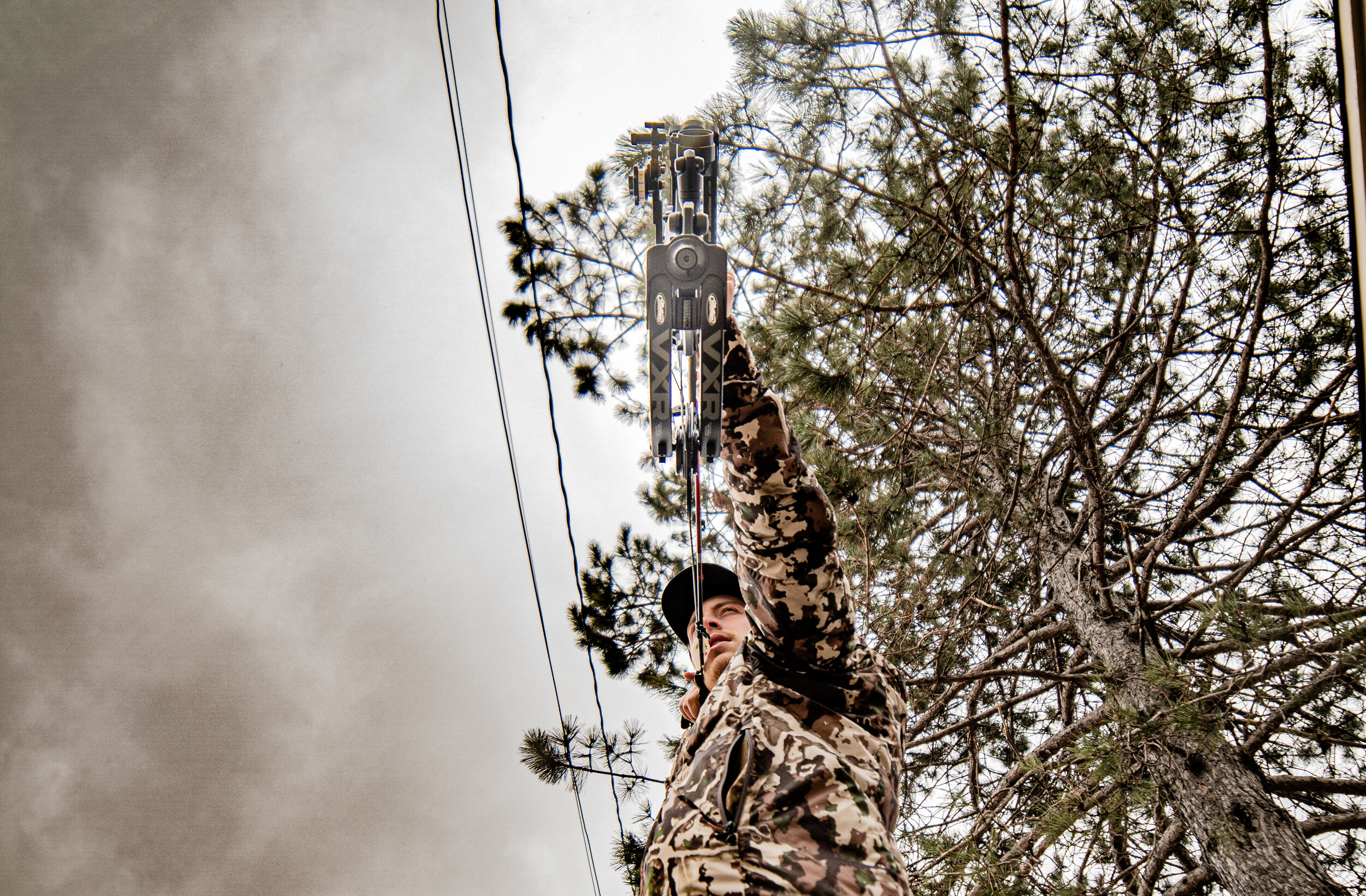
• 100% combed and ring-spun cotton (Heather colors contain polyester)
• Fabric weight: 4.2 oz/yd² (142 g/m²)
• Pre-shrunk fabric
• Side-seamed construction
• Shoulder-to-shoulder taping
• Blank product sourced from Guatemala, Nicaragua, Mexico, Honduras, or the US
• 60% cotton, 40% polyester
• 100% polyester mesh back
• Structured, 6-panel, mid-profile cap
• Pre-curved contrast stitched visor
• Underbill matches visor color
• Adjustable plastic snapback
• Blank product sourced from China
• 100% cotton face
• 65% ring-spun cotton, 35% polyester
• Front pouch pocket
• Self-fabric patch on the back
• Matching flat drawstrings
• 3-panel hood
• Blank product sourced from Pakistan
• 100% combed and ring-spun cotton (Heather colors contain polyester)
• Fabric weight: 4.2 oz/yd² (142 g/m²)
• Pre-shrunk fabric
• Side-seamed construction
• Shoulder-to-shoulder taping
• 100% combed and ring-spun cotton (Heather colors contain polyester)
• Fabric weight: 4.2 oz/yd² (142 g/m²)
• Pre-shrunk fabric
• Side-seamed construction
• Shoulder-to-shoulder taping
• 100% cotton
• Sport Grey 90% cotton, 10% polyester
• Fabric weight: 5.0–5.3 oz/yd² (170-180 g/m²)
• Open-end yarn
• Tubular fabric
• Taped neck and shoulders
• Double seam at sleeves and bottom hem
• 50% pre-shrunk cotton, 50% polyester
• Fabric weight: 8.0 oz/yd² (271.25 g/m²)
• Air-jet spun yarn with a soft feel and reduced pilling
• Double-lined hood with matching drawcord
• Quarter-turned body to avoid crease down the middle
• 1 × 1 athletic rib-knit cuffs and waistband with spandex
• Front pouch pocket
• Double-needle stitched collar, shoulders, armholes, cuffs, and hem

